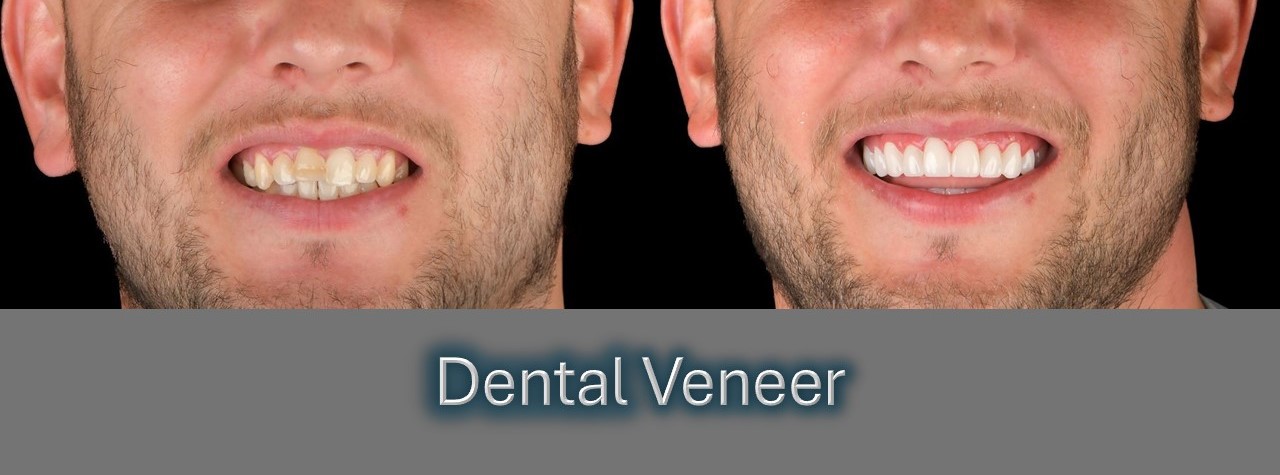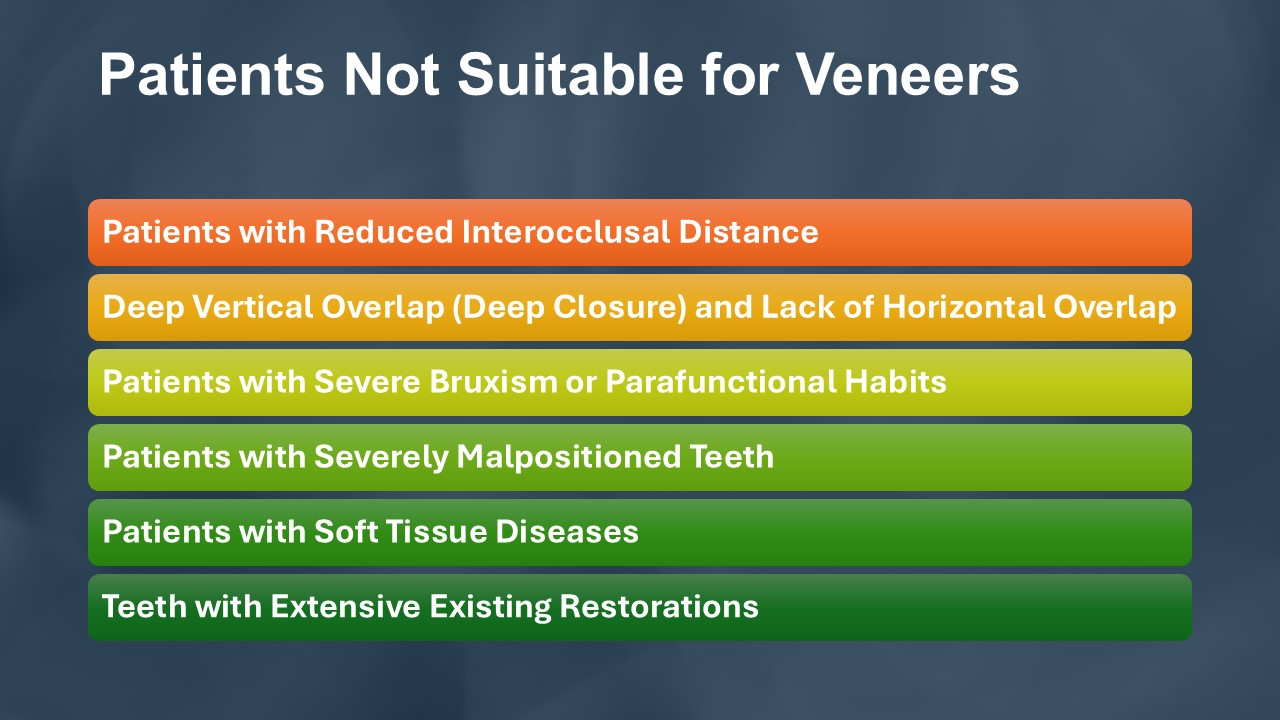
Crowns or veneers, which are more durable, long-lasting, and aesthetically pleasing than alternatives, raise many questions for patients. We have written this article—which contains some technical information and is backed by graphics—to help you understand the difference between them and choose which one is best for you by bolstering it with data from scientific research.
Although deciding which method to choose is not like picking apples and pears from the grocery store, most dentists assume that patients know the general scope of treatments and what to expect from the treatment. Since the choice is ultimately up to you, it is critical that you are well-versed in the treatment before you present your options.
What are dental crowns and dental veneers?

What is a dental crown?
Dental crowns are full-coverage replacement teeth that look and feel just like real teeth. Crowns firmly attach to teeth in five different directions: the top, four sides, and bottom. That is why they provide durable and long-lasting defense against chewing and biting.
Situations where crowns are preferred

Severely damaged teeth
Dental crowns are prostheses applied in cases where teeth are severely damaged or where there are aesthetic and functional problems. If there is major damage, decay, fracture or wear on the teeth, crowns are preferred to strengthen the structure of the tooth and restore its function.
Extensive caries and large fillings
Especially in cases where extensive caries or large fillings weaken the structure of the tooth, crowns are applied. If the existing filling is too large or a large part of the tooth is damaged by decay, it may be more appropriate to use crowns instead of fillings.
Broken or cracked teeth
Crown application is also common in broken or cracked teeth. Fractures or cracks in teeth caused by trauma cause serious damage to the tooth enamel and crowns protect these teeth.
Post-root canal protection
Moreover, after root canal treatment, teeth can become weakened; crowns are therefore used to protect these teeth.
Excessive wear and erosion
Crowns are also effective in restoring the function and aesthetics of teeth with excessive wear, for example, when teeth are worn down due to clenching or grinding (bruxism) or when the tooth surfaces are damaged by acid erosion.
What is a dental veneer?
Dental veneers are affixed only to the anterior surface of the tooth and necessitate minimal abrasion (0.3-0.7mm) from the tooth structure. However, since the veneers wrap around the sides of the teeth like a hook, they can hold on to the tooth surface quite strongly. They are predominantly utilized for aesthetic purposes to improve the appearance of teeth by modifying their color, shape, size, or length.
Situations where veneers are preferred

Dental veneers are used to improve irregularities in the colour, shape and size of the front surfaces of teeth. They are a minimally invasive option for cosmetic problems such as discoloured, worn, broken or irregularly shaped teeth, gaps between teeth, as well as mild alignment problems.
Veneers require the patient's dental condition to meet certain conditions. In cases where these conditions are not met sufficiently, dental crowns may be preferred.
Patients not suitable for veneers:

The conditions that patients must meet for veneers are as follows.
Patients with reduced interocclusal distance:
Veneers can be challenging, if not impossible, to put when the vertical space (interocclusal distance) between teeth is insufficient.
Deep vertical overlap (deep closure) and lack of horizontal overlap:
Veneers may not last as long or perform as well if the front teeth overlap deeply vertically but not horizontally.
Patients with severe bruxism or parafunctional habits:
Parafunctional habits, such as teeth grinding or clenching, increase the risk of fracture or cracking of veneers. In these patients, veneers may not be successful in the long term.
Patients with severely malpositioned teeth:
Veins might not be the best option for significantly misaligned or crowded teeth because they won't improve the smile's appearance and function. Seeking orthodontic treatment should be given first priority.
Patients with soft tissue diseases:
Veneers should not be placed on patients who are currently experiencing active gum disease or periodontal disorders; these conditions must be treated prior to veneer placement.
Teeth with extensive existing restorations:
Veneers may be inappropriate for teeth that have received extensive treatment with large fillings or other restorations due to insufficient remaining tooth structure.
Key differences between dental crowns and dental veneers
Below, you can analyze the distinctions between dental crowns and dental veneers from six distinct perspectives.
Application process
The application methods for both therapies are similar. In crowns, abrasion occurs on all surfaces of the tooth, whereas in veneers, just the anterior surface and sides of the tooth are abraded. The degree of abrasion on tooth enamel ranges from 1 to 2 mm for crowns, but it varies from 0.3 mm to 0.7 mm for veneers.
The abrasions on the tooth surface are irreversible. Given that the tooth enamel measures 2.5 mm in thickness, this removal procedure must be executed with meticulous precision. Otherwise, there exists a potential that the dentin may be revealed due to the thinning of the tooth enamel. This is a complication that might result in complete loss of the tooth.
Aesthetic outcomes
While same materials may be employed in both procedures concerning aesthetics, veneers offer a broader range of options in this aspect. Porcelain veneers, particularly laminate veneers, enhance the aesthetic appeal of dental restorations compared to crowns. Other than that, excellent outcomes are achieved using dental crowns utilizing e-max and zirconia materials.
Durability and lifespan
Crowns are more durable treatments as they encase the teeth completely, possess greater thickness, and are constructed from more robust materials. Consequently, it is a prevalent practice to choose crowns over veneers, particularly for posterior teeth.
A dental crown typically lasts 20 years, while a veneer has an average lifespan of 15 years. Despite maintaining their functionality at the conclusion of this period, the macroscopic fissures that form on the porcelain surface over time necessitate replacement.
Cost comparison
Dental crowns are invasive dental treatments, whereas dental veneers are minimally invasive treatments. Although both treatments require similar or identical materials, crowns are more expensive than veneers.
Dental crowns:
Average price: £400 - £1,200 (depending on material).
Metal-based porcelain crowns are generally more affordable and start at around £400, while full porcelain or zirconia crowns can cost between £800 - £1,200.
Dental veneers:
Average price: £400 - £1,000 (depending on material and application method).
When to choose a dental crown
Since dental crowns are invasive treatments, non-invasive orthodontic treatments should be preferred first, then minimally invasive veneers, and if these two treatments do not produce results, crowns should be preferred.
In the case of the following complaints, dental crowns are a very common treatment.
Broken or severely damaged teeth
Large cavities and post-root canal treatments
Cases where tooth structure is weak
Misalignments
When to choose a dental veneer
Dental veneers are applied in cases where the general condition of the teeth is good and there is no major damage.
Discoloration and stains
Veneers can eliminate discoloration and staining of teeth. Nevertheless, the removal of heavy stains in the dentin region may be ineffective with veneers, contingent upon the type of material employed.
Minor shape irregularities
Veneers are highly effective instruments for rectifying minor abnormalities. Cramped and overlapping teeth should initially be addressed through orthodontic treatment prior to the placement of veneers.
Closing gaps and slight misalignments
Veneers are an efficacious solution for bridging the interstitial spaces between teeth. Chewing difficulties can be rectified by addressing dental misalignments.
Minor cavities
The application of veneers in minor carious lesions is also quite prevalent. When placed on a single tooth, veneers can be custom-made to blend in with the surrounding teeth.
Frequently Asked Questions (FAQ)
Below you will find frequently asked questions and answers about dental crowns.
What is the biggest difference between a dental crown and a dental veneer?
Dental crowns cover the entire tooth while veneers are applied only on the front surface of the tooth. In other words, very little abrasion is made from the tooth when lamina is made, more in veneering. For example, while 60% of the tooth is shaped for veneers, this rate is around 10% in lamina.
Which provides better aesthetic results, a dental crown or a dental veneer?
Generally, dental veneers gives more aesthetic results. Because thanks to its thinner structure, it has high light transmittance and captures the natural tooth appearance. For example, lamina is mostly preferred in aesthetic smile designs.
Which treatment is more durable, dental crowns or dental veneers?
Dental crowns are generally more durable because they provide resistance because they cover the entire tooth. However, with good care, a dental veneer can also be used for 10-15 years. Compared to veneers the crowns are less damaged when biting something hard.
Will i feel pain during the dental crown or dental veneer procedure?
Since local anaesthesia is used during the procedure, you will not feel pain. There may be a slight tenderness afterwards, but it usually passes within a few days. So you don't need to be afraid, most people get over it easily.
How long does the treatment take for dental crowns and dental veneers?
Both treatments are usually completed in 2-3 appointments. In the first appointment, the tooth is prepared and the impression is taken, and in the following appointments, rehearsal and bonding procedures are performed. I can say that you will be done in a week in total.
What should i be careful about after getting a dental crown or dental veneer?
You should be careful not to bite hard foods, for example, avoid things like cracking walnuts. You should also pay attention to oral hygiene; regular brushing and flossing are important. Do not forget to follow your dentist's recommendations.
Will my teeth change color after getting a dental crown or dental veneer?
Porcelain materials are resistant to stains, so things like tea and coffee do not usually cause discolouration. But it is still useful to avoid excessive consumption. Your natural teeth may become discoloured over time, but the porcelain remains the same. However, in the long term, especially after 15 years and later, invisible cracks on porcelain may cause discolouration on crowns or veneers.
Is everyone a suitable candidate for dental crowns or dental veneers?
Most people are suitable, but it is important that the gums are healthy. You also need to have enough tooth tissue. For example, if you have a habit of grinding your teeth, it may be a problem.
Will my speech or chewing function be affected after the treatment?
If done correctly, your speech or chewing will not be affected and may even be better. The first few days may take some getting used to, but then everything will return to normal.
Dental veneers and crowns are among the most significant cosmetic dental procedures. Both procedures yield irreversible outcomes and necessitate a highly rigorous treatment procedure. So, the overall state of the patient's teeth, along with orthodontic and periodontic assessments, should be conducted by a comprehensive dental team. Following the assessment, if the patient's condition permits, dental veneers would be a superior option for safeguarding natural teeth.
The cosmetic dentists, orthodontic experts, and periodontists at Antlara Dental have a combined 20–30 years of experience, and the practice has been doing intricate dental operations for 20 years. You can reach out to us for any and all of your dental needs.
